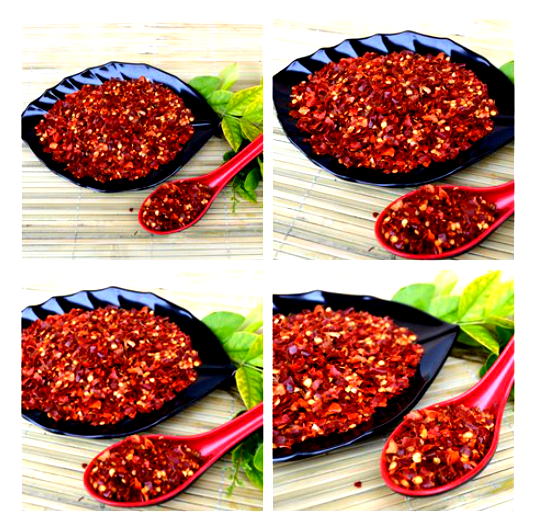- No. 268 Xianghe Street, Economic Development Zone of Xingtai city, Hebei 054001 China
- Byron@hbhongri.cn
Exploring Natural Colorants in Food The Benefits of Annatto and Paprika
The Vibrant World of Annatto and Paprika Nature's Colorful Treasures
In the vast spectrum of culinary ingredients, few can rival the vivid, earthy hues and unique flavors that annatto and paprika bring to the table. These two natural colorants and flavor enhancers are derived from different plants but are often celebrated for their strikingly similar contributions to food, cosmetics, and traditional medicine. This article delves into the origins, uses, and benefits of annatto and paprika, showcasing their cultural significance and versatility in the culinary arts.
Origins and Production
Annatto comes from the seeds of the Bixa orellana tree, native to tropical regions of the Americas. The seeds, known for their bright red color, are often used to produce a natural dye and flavoring agent. Traditionally, annatto has been used by Indigenous peoples for various purposes, including body paint and ceremonial rites. Over time, it found its way into culinary practices, enhancing dishes with its distinctive, slightly peppery flavor and vibrant orange-red color.
Paprika, on the other hand, is made from grinding the dried fruits, or pods, of Capsicum annuum. Originating from Central and South America, paprika later spread to Hungary and Spain, where it became a cornerstone of the culinary landscape. The flavor profile of paprika can vary significantly, ranging from sweet and mild to hot and smoky, depending on the variety of pepper used and the drying process. This versatility has made it an essential spice in many kitchens around the world.
Culinary Applications
Both annatto and paprika serve as popular ingredients in a variety of dishes. Annatto is primarily used in Latin American and Caribbean cuisines, often enhancing the color of rice, soups, and meat dishes. One of the most famous examples is the traditional Puerto Rican dish, arroz con gandules (rice with pigeon peas), where annatto oil is utilized to impart a deep golden hue and a slight nuttiness.
Paprika, with its wide range of flavors, is a staple in many European kitchens. Hungarian goulash, a hearty stew made with meat and potatoes, gains its signature red color and rich flavor from generous amounts of paprika. Similarly, Spanish dishes like patatas bravas and chorizo de Bilbao depend on paprika's depth and smokiness. Beyond European cuisines, paprika is also increasingly being embraced in Middle Eastern and Asian dishes, showcasing its adaptability.
annatto paprika

Health Benefits
Beyond their culinary appeal, both annatto and paprika have been associated with various health benefits. Annatto contains several antioxidants, including bixin and norbixin, which are believed to have anti-inflammatory and potentially anti-cancer properties. Additionally, some studies suggest that annatto may support eye health due to its high carotenoid content.
Paprika, rich in vitamins A, C, and E, also boasts anti-inflammatory and antioxidant properties. Its vibrant red color is indicative of its high carotenoid levels, particularly capsanthin, which is linked to numerous health benefits, including improved cardiovascular health and enhanced immune function. Furthermore, the capsaicin found in some hotter varieties of paprika has been associated with pain relief and metabolism boosting.
Cultural Significance
The cultural importance of annatto and paprika cannot be understated. In many Latin American countries, the vibrant hues of annatto are a symbol of celebration and flavor. It is not just about food but also a connection to heritage, storytelling, and community.
Similarly, paprika is deeply woven into the culinary identity of countries like Hungary and Spain. Its vibrant red symbolizes warmth and hospitality, central themes in the region's rich culinary traditions. Festivals celebrating paprika, such as the Paprika Festival in Hungary, emphasize not only its flavor but also its role in cultural identity and togetherness.
Conclusion
Annatto and paprika are more than mere ingredients; they are a testament to the richness of global culinary traditions. Their bright colors and distinctive flavors enhance dishes while also serving as a bridge to cultural heritage and health benefits. As we continue to explore and celebrate the vibrancy of world cuisines, these two natural wonders remind us of nature's ability to nourish, inspire, and connect us all. From the vivid landscapes of South America to the heartwarming kitchens of Europe, annatto and paprika are indeed treasures to savor.
-
Turmeric Rhizome Powder: A Golden Treasure from Roots to TableNewsJul.28,2025
-
The Versatile Application Of Crushed Red Hot Peppers: Lighting Up The Red Flames On The Dining TableNewsJul.28,2025
-
The Paprika: A Touch Of Vibrant Red In Color, Flavor, And CultureNewsJul.28,2025
-
Ground Turmeric: A Modern Examination of an Ancient SpiceNewsJul.28,2025
-
Capsicum Liquid Extract: Features, Applications, and ChallengesNewsJul.28,2025
-
Application of Capsicum Liquid Extract in FoodNewsJul.28,2025







